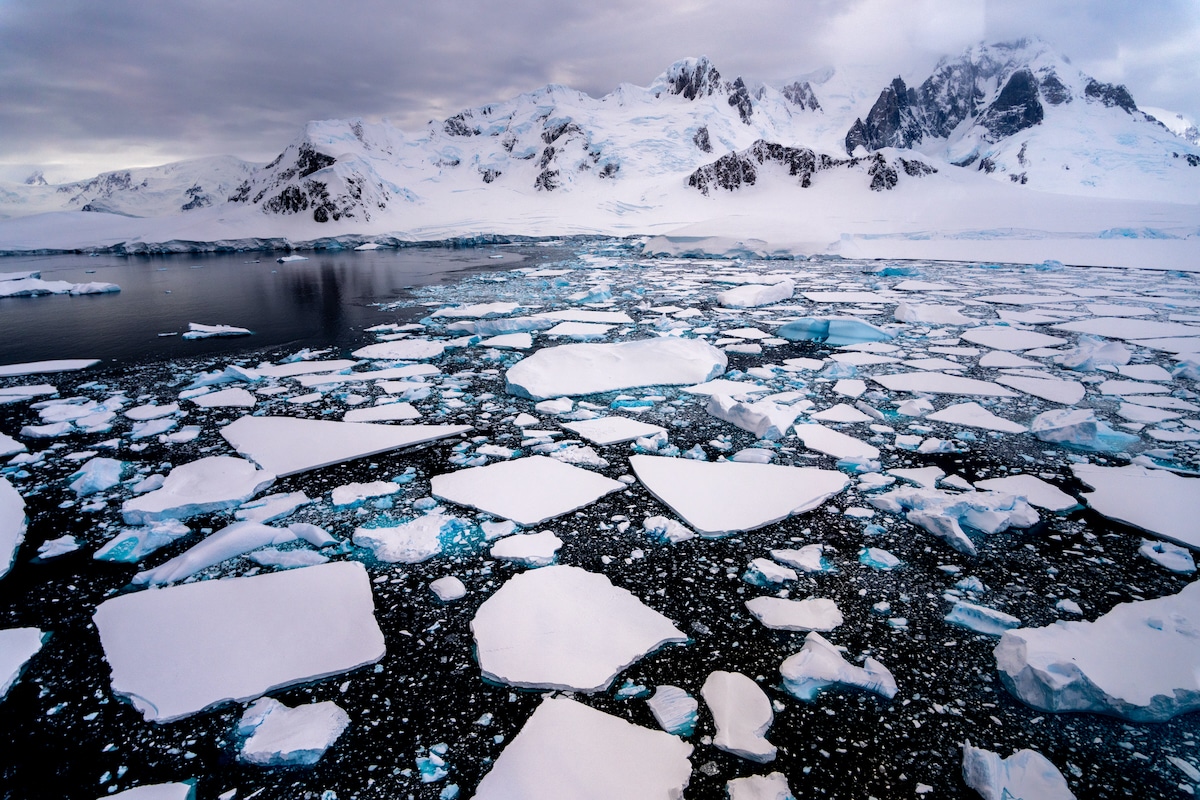1. Syllabus#
2025 fall semester; Credit: 4; Class Number: AtmScixxxx
Instructor#
Professor Yu-Chiao Liang (梁禹喬)
Contacting email: yuchiaoliang@ntu.edu.tw
Office phone: 02-3366-3907
Teaching Assistants#
Ya-Fan Chung (鍾雅帆)
b10209012@ntu.edu.tw
Office Hours#
by appointment
Location and Time#
Monday 3:30-5:10 pm and Wednesday 10:20 am-12:10
Course website#
https://yuchiaol.github.io/polar_climate_change_final/docs/index.html
Grading#
Homework assignments (60%)
Mid-term presentation (15%)
– review one key paper
– describe your final project topic and your hypothesis
– design numerical experiments or analysis approach
– you should be able to run your model!Final presentation (15%+5% report)
– test your hypothesis
– present your findings based on your experimentsClass interaction (5%)
Course Description#
(in Chinese) 本課程探討極區的氣候變化。我們不僅介紹極區冰圈以及大氣圈過去幾十年的快速變化,包括海冰,永凍土,降雪,冰河,極地渦旋,也會介紹北極暖 化增強現象的成因與影響,以及探討高緯度氣候變化與中低緯度大氣海洋環流的交互作用。我們會閱讀IPCC最新關於冰圈的特別報告以及最新的研究文獻,來幫助我>們掌握極區最新的研究成果與發展趨勢,同時也會使用不同複雜度的大氣模式,來加深了解極區與中低緯度大氣環流交互作用背後的物理動力機制。
Rapid polar climate change in the past decades was the dominant signature of anthropogenic global warming. This course aims to understand the polar climate change and its interaction with regional and global atmospheric circulations. The first part gives an overview of the fast-changing polar cryosphere and atmosphere, including sea ice, permafrost, snow, glaciers, and stratospheric polar vortex. Students will read IPCC’s AR6 WG1 and Special Report on the Ocean and Cryosphere in a Changing Climate and present main conclusions. The second part discusses the two-way interactions of the polar climate change and lower-latitude (including mid-latitude and tropical) atmospheric and oceanic circulations at various spatial and temporal scales, with an emphasis on the cause and effect of Arctic Amplification. We will use a hierarchical modelling approach with different complexity in attempt to understand the potential atmospheric circulation changes in response to polar warming. The anticipated results will be compared to the observations and the state-of-the-art global climate model simulations, for example CMIP5/6 and Polar Amplification Model Intercomparison Project.
Course Objectives#
This course aims to 1) understand the polar climate change and its interaction with regional and global atmospheric circulations, 2) cover some materials of Chapter 12 - Middle Atmosphere Dynamics - in Holton’s “An Introduction to Dynamic Meteorology” (I will try!), and 3) train students to use simple atmospheric models to investigate Arctic-midlatitude connections.
Course Requirements#
Willingness to lead discussion for reading materials and participate in group cooperation, and basic FORTRAN programing and plotting skills (Python preferred because we will use a machine learning package written in Python!).
Tentative Topics#
Overview of Arctic
Geography, climatology and meteorology
A case study for Siberian record-breaking warming
Explorations
Snow and Permafrost
Glacier and Sea-level Rise
Sea Ice
Dynamics and thermodynamics
Modelling and prediction
Past, recent, and future changes
Cause and Effect of Arctic Amplification
Local vs remote impacts
Mechanisms: climate forcings, climate feedbacks, and poleward energy transport
Debates on Arctic-midlatitude linkages
Polar Stratospheric circulation
Polar vortex and stratospheric sudden warming
Stratosphere-troposphere coupling
Tentative Schedule#
Week1 (9/1; 9/3) – introduction; visitors
Week2 (9/8; 9/10) – overview of polar climate change
Week3 (9/15; 9/17) – zero-dim energy balance model
Week4 (9/22; 9/24) – layered model
Week5 (10/1) – RCE
Week6 (10/8) – climate sensitivity and feedback
Week7 (10/13; 10/15) – midterm presentation
Week8 (10/20; 10/22) - RAE
Week9 (10/27; 10/29) - one-dim EBM
Week10 (11/3; 11/5) – seasonal cycle
Week11 (11/10; 11/12) – ice-albedo feedback in EBM
Week12 (10/17; 10/19) – diffusive response; snowball earth
Week13 (11/24; 11/26) - causes of polar amplification
Week14 (12/1; 12/3) – Arctic-midlatitude linkage
Week15 (12/8; 12/10) – final presentation
Week16 (12/15; 12/17) – AGU week
Relevant Texts and References#
IPCC Special Report on the Ocean and Cryosphere in a Changing Climate
An Introduction to Dynamic Meteorology (2012), J. R. Holton and G. J. Hakim
Arctic Amplification and Feedbacks
Review article: Goosse et al. (2018)
Review article: Previdi et al. (2021)
Review article: Taylor et al. (2022)
Temperature feedback: Pithan and Mauritsen (2014)
Forcing latitudes: Stuecker et al. (2018)
Arctic Amplification and Midlatitude Weather and Climate
Review article: Cohen et al. (2014)
Key paper: Francis and Vavrus 2012
Weakened evidence: Blackport and Screen (2020)
Model consistency and discrepancy: Screen et al. (2018)
Divergent consensus Cohen et al. (2019)
Robust but weak response: Smith et al. (2022)
Debates on Mori et al. (2019)
First debate: Screen and Blackport (2019) and Mori et al. (2019)
Second debate: Zappa et al. (2021) and Mori et al. (2021)
Note
I would like to especially thank Professor Brian E. J. Rose (University at Albany) to kindly share his climate modeling course materials and allow us to use the Python scripts and data. Some materials are obtained from The Climate Laboratory.
Idealized models
